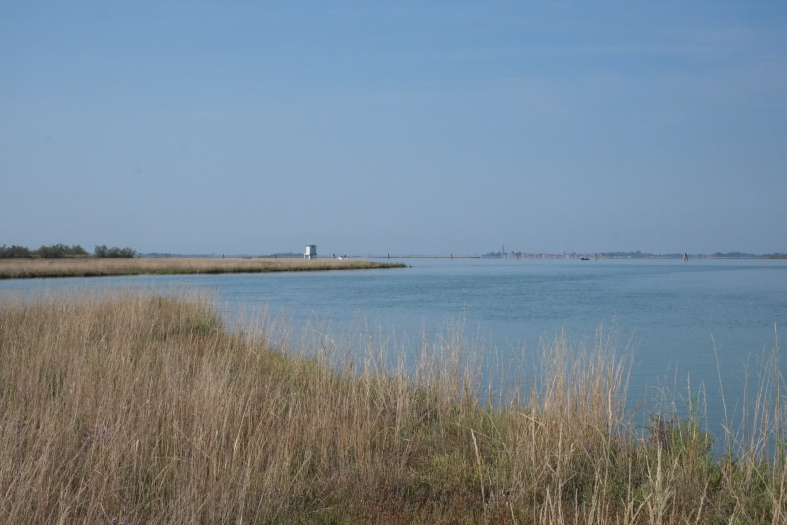Coastal areas make up 4% of the world’s land surface and protect the majority of the largest cities from severe storms, flooding, and sea level rise with ~40% of the global population living within 100 km of the coast. They also contribute to preserving biodiversity and can store more carbon per hectare than any terrestrial ecosystem. However, coastal wetlands are being lost at an unprecedented rate due to the overwhelming stress caused by human interference and climate change. The resilience of such ecosystems is strictly connected to their elevation with respect to mean sea level, which can be altered by shallow compaction, deep land subsidence, erosion, sedimentation decrease, and sea level rise. For this reason, the conservation of wetlands and related resources has become a major priority of the UN’s Sustainable Development Goals (2015). However, interactions between physical and biological/biogeochemical processes at the plant root level are still largely unknown. PRESERVE aims at providing a quantitative response to the long-term prediction of wetland resilience under climate changes, involving the coupled nature of surface/subsurface processes by investigating the role of vegetation and especially the mutual interactions between roots and soils. PRESERVE is a multi/interdisciplinary project that connects different areas of expertise (hydrodynamics, geomechanics, hydrogeology, wetland dynamics, and ecology) and develops innovative and specifically-designed laboratory and field experiments. The results are integrated within a novel modeling framework and the new knowledge generated in this project will be publicly available in a user-friendly application for end-users to cast nature-based solutions for low-lying coastal systems. PRESERVE is set to reach the goals of the European Green Deal by supporting the EU strategy to become a global leader in preserving and protecting biodiversity and to become the world’s first climate-neutral continent by 2050.
About
